Meet the Locomotives
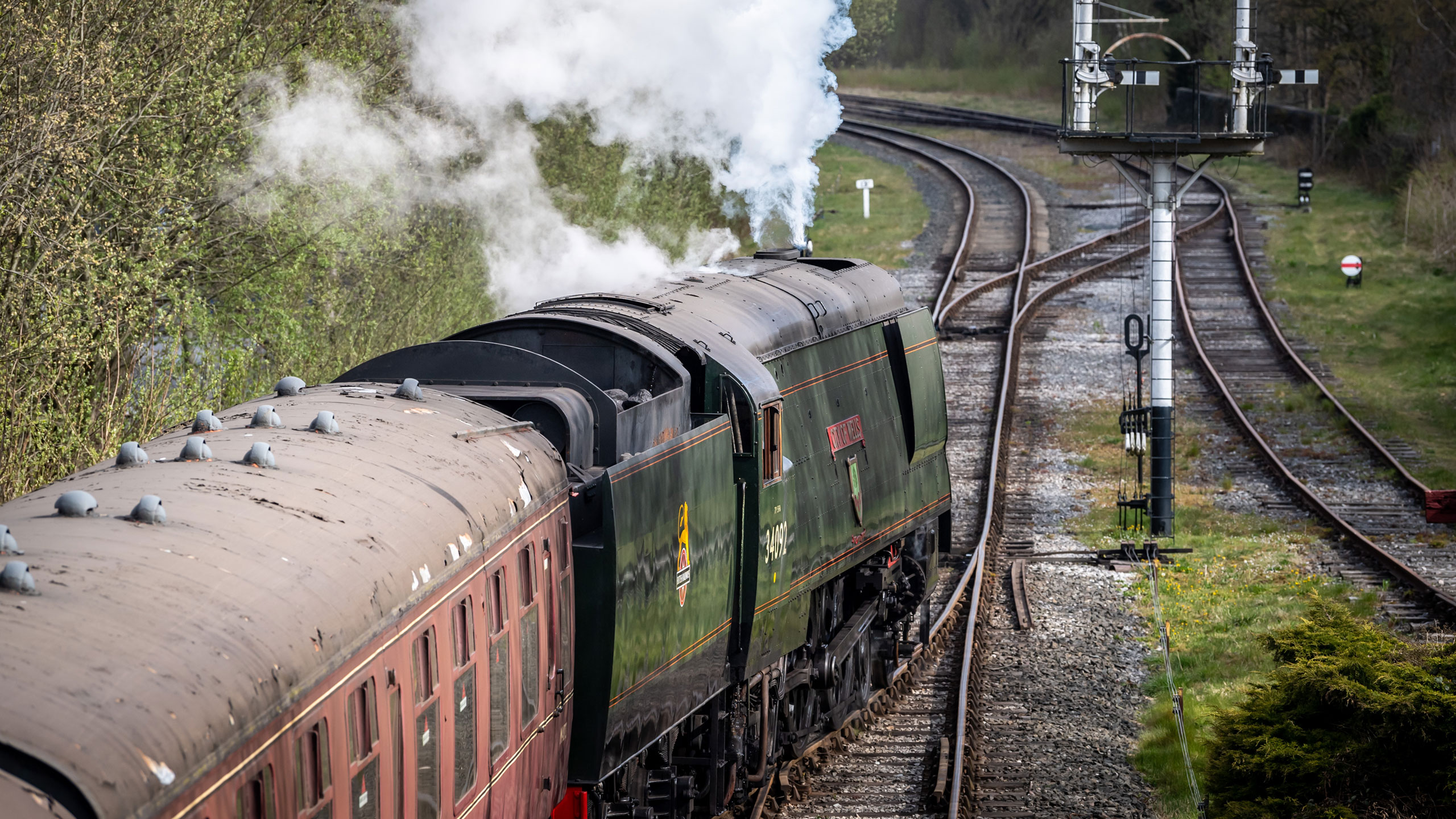

Discover who’s who on the East Lancashire Railway, and learn some amazing facts about each of our magnificent steam engines and dazzling diesels.
Find out who’s currently hurtling up and down the lines of our heritage steam railway, who’s getting spruced up, and who’s just here on holiday or paying us a quick visit.
Find the most recent locomotive roster here.
Steam
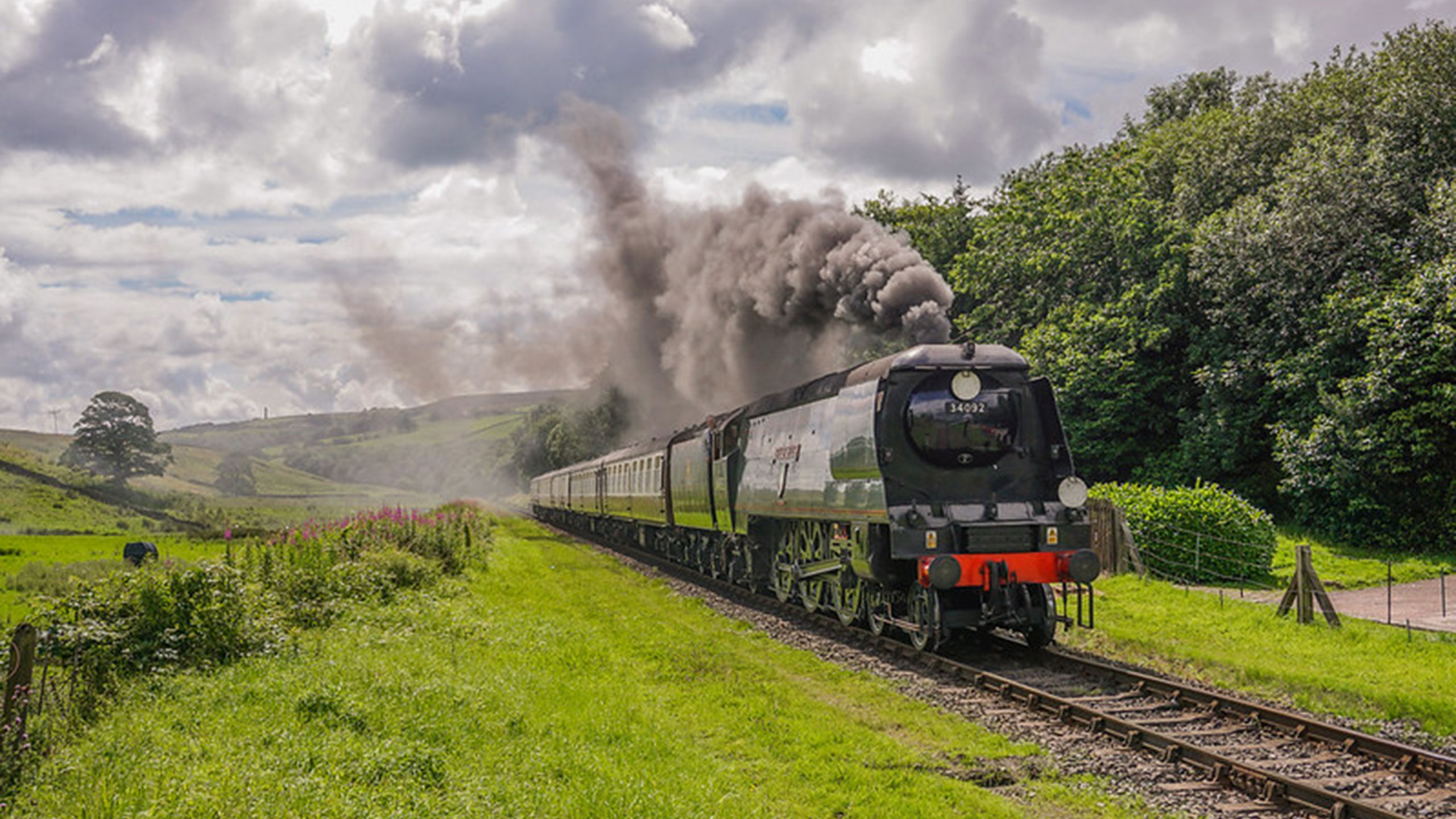
34092 Bulleid 4-6-2
Pacific ‘City of Wells’
City of Wells is one of the biggest and strongest engines on the ELR. It’s so big in fact, that it once got stopped on the M62 when it was moving to a new heritage railway because it was too heavy to cross a bridge! Since it couldn’t make it across into Yorkshire, we’re now lucky enough to be the home of this magnificent locomotive.
-
Built:1949
-
First Trip on the ELR:2017
-
Top Facts:Was originally just named Wells
Was sent for scrap in 1965, and saved in 1971
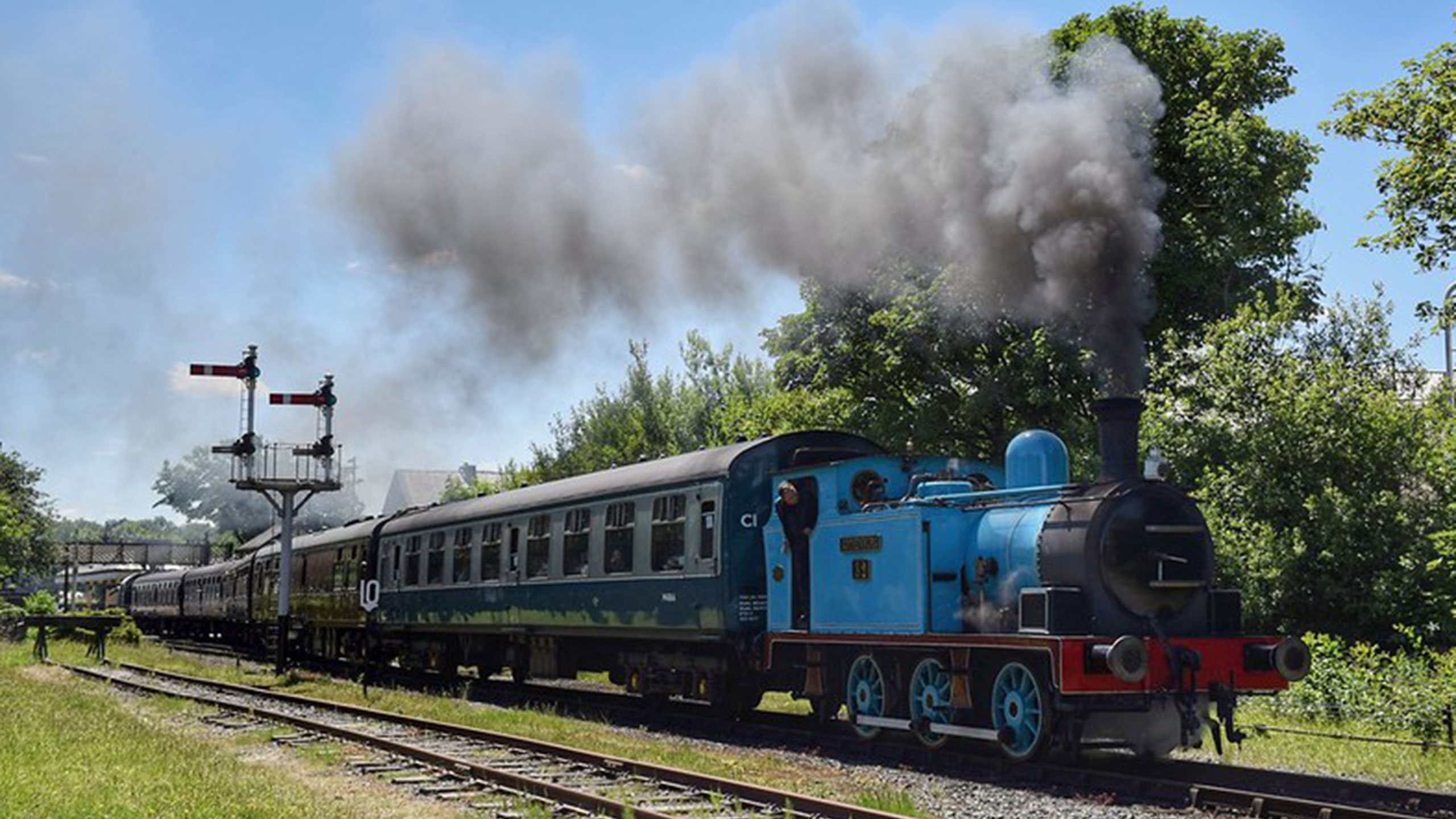
32 MSC Hudswell Clarke No.680
Class 0-6-0T ‘Gothenburg’
This adorable locomotive might have a very long name, but its smaller size makes it a very useful engine indeed. You’ll find it all decked out in stunning, iconic blue, and it might remind you of the number 1 steam engine on Sodor. It’s one of the most popular engines on the ELR and has been travelling up and down the line for over thirty years.
-
Built:1903
-
First Trip on the ELR:1987
-
Top Facts:Pulled the first train into Ramsbottom station when it reopened
Originally worked on the Manchester Ship Canal Railway
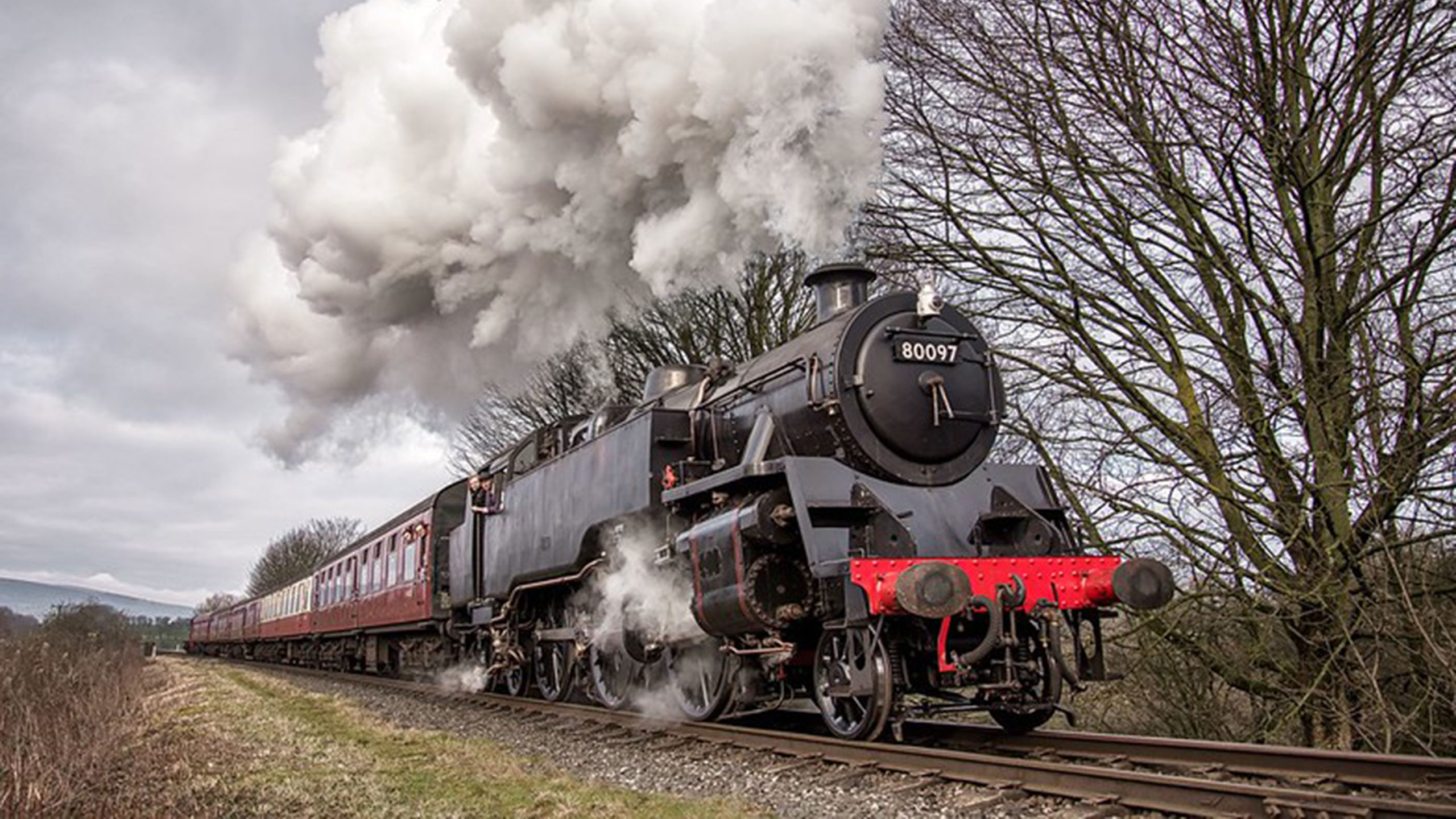
80097 BR Standard Class 4 2-6-4T
Please note 80097 is currently out of service
80097 is one of the newest steam engines to join our fleet and it’s quickly become a firm favourite of everyone here on the ELR. It’s a popular choice for our Drive a Steam Train experience too. To get 80097 ready for service, it took over 34 years of repairs and restoration, including an entire new boiler.
-
Built:1954
-
First Trip on the ELR:2019
-
Top Facts:Painted in the shining black of the classic British Railways livery
Sat in a scrapyard in Barry for 19 years
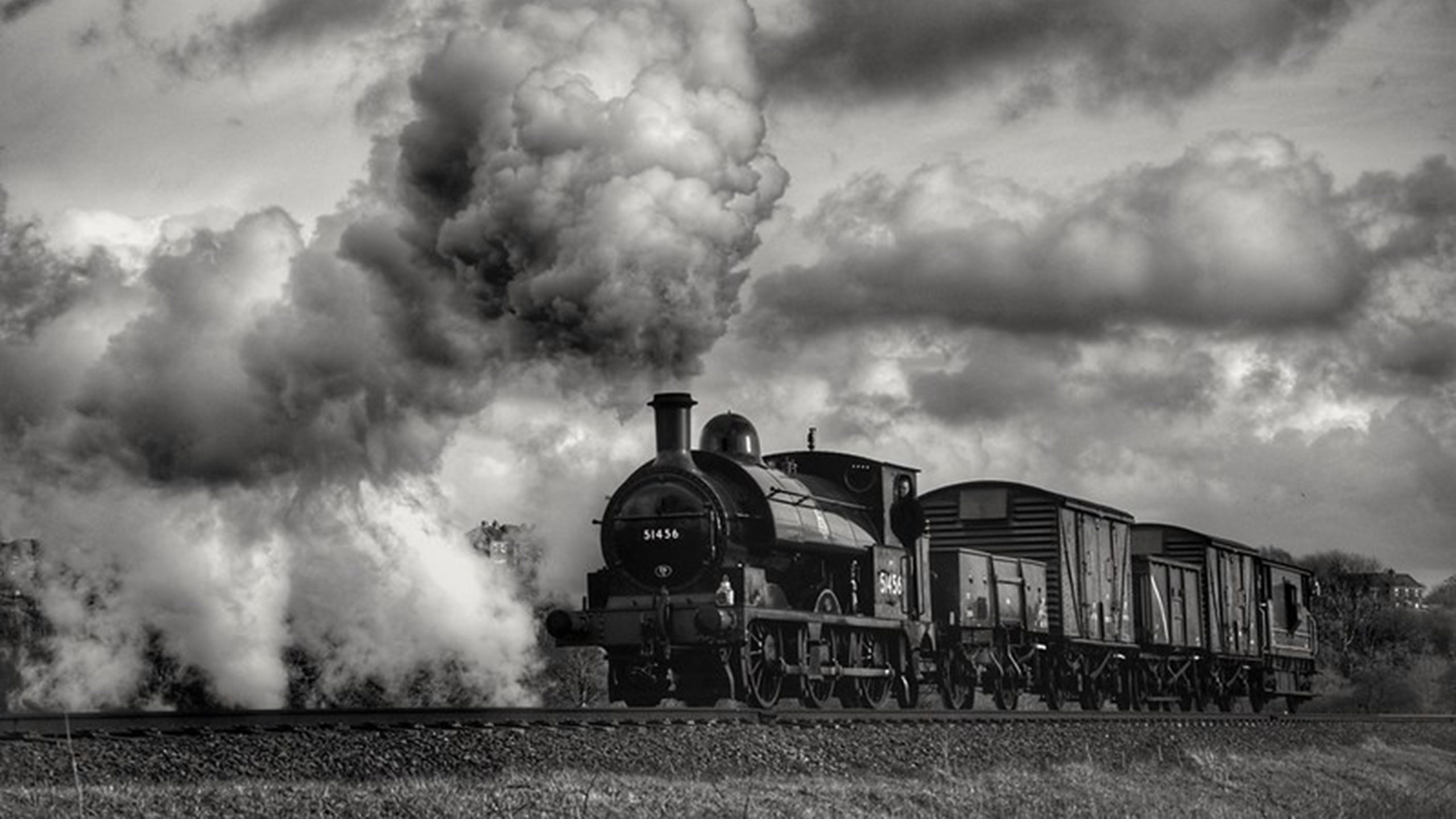
752 L&YR ’23’ 0-6-0 ST EX. 11456
One of the oldest steam engines still in great working order, 752 is a stunning example of a 19th century shunting locomotive. This class of engine was once a very common sight on the original Lancashire & Yorkshire Railway, and 752 is now a mainstay on our heritage line.
-
Built:1881
-
First Trip on the ELR:2019
-
Top Facts:Pays regular visits to the Keighley and Worth Valley Railway
Featured on TV in “Steam Train Britain”
Was originally built as a Tender Loco in 1881 but was later converted to a tank loco to free up tender's for the Class 27 "A Class" Locomotives
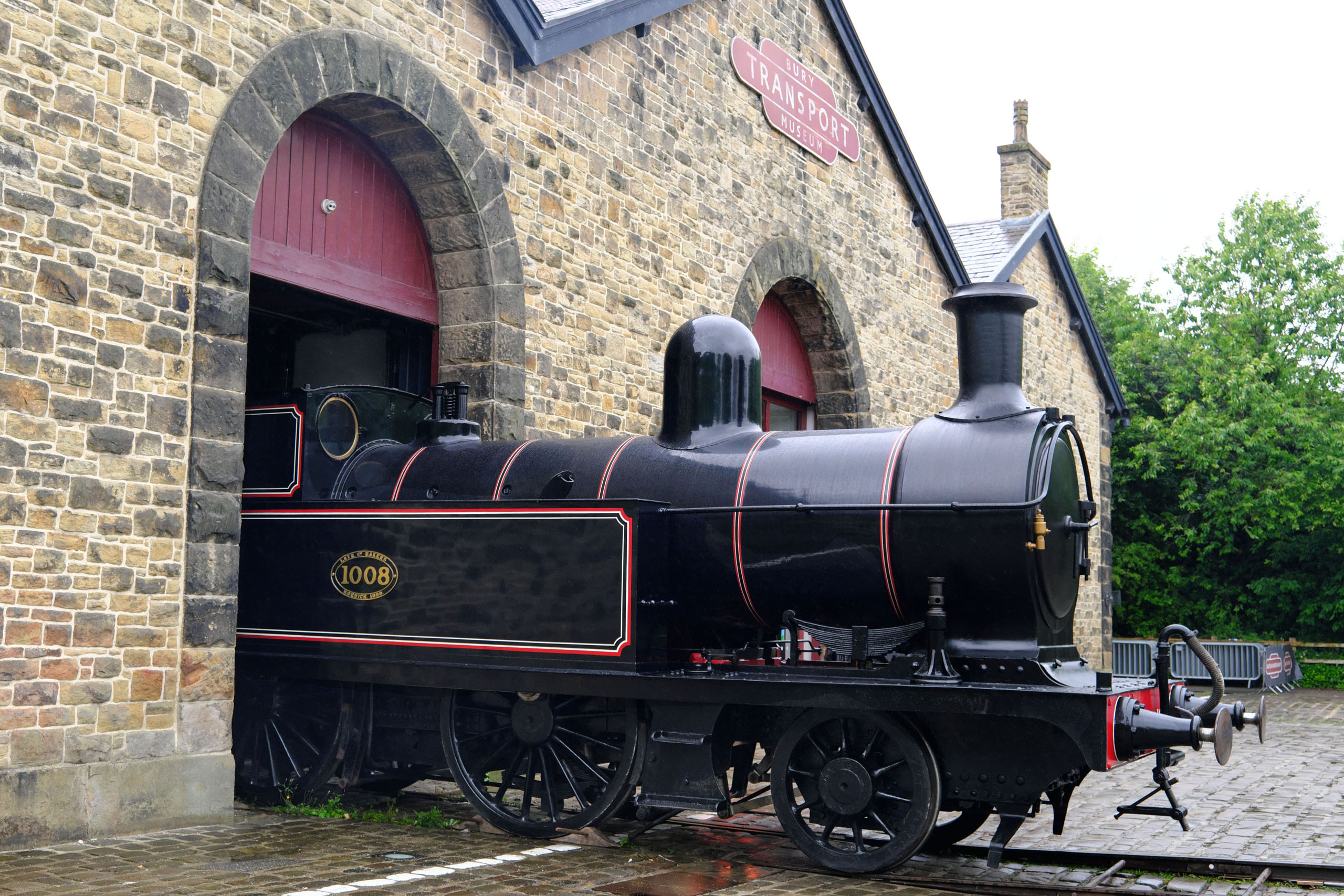
L & Y Radial Tank 1008 “Lanky Tank”
On static display at Bury Transport Museum, this locomotive is the last remaining example of Sir John Aspinall’s L&YR (Lancashire and Yorkshire Railway) Class 5 Tank Engines. Designed specifically to haul passenger services, 330 of them were manufactured in the late 1800s. Most of them worked in Manchester, Liverpool and industrial Lancashire areas.
-
Built:1889
-
First Trip on the ELR:N/A
-
Top Facts:One of these locomotives continued to operate on British Rail until 1961.
This particular locomotive was retired in September 1954 and marked for preservation.
Diesel
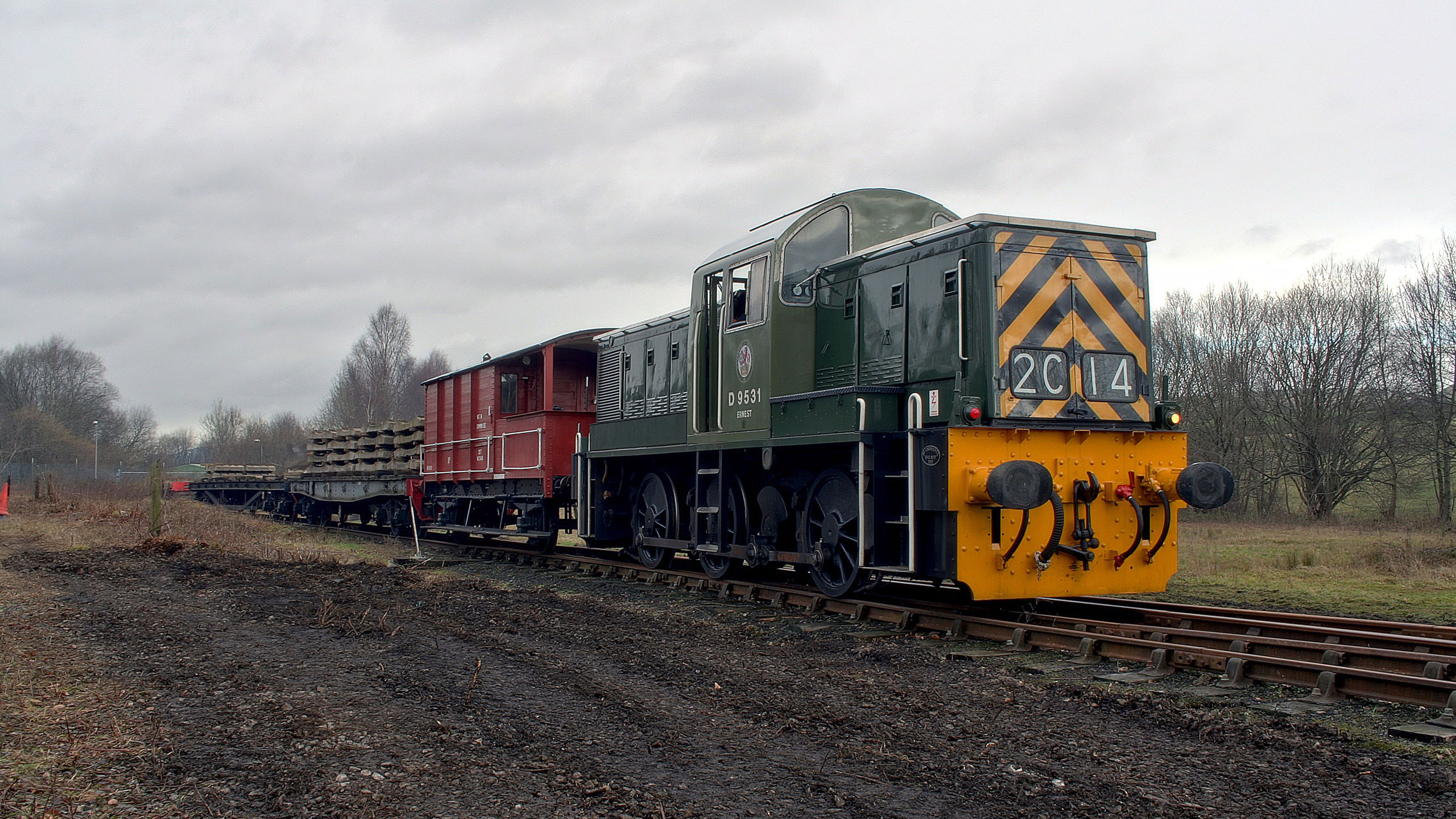
D9531 BR 0-6-0 Class 14 ‘Ernest’
D9531 arrived at the ELR in 1987 to help with shunting during preparation for expanding the line to Heywood. In 1997 it was removed for extensive maintenance and restoration. During that time, D9531 earned the nickname “Ernest’. In 2012, Ernest made a triumphant return to the ELR in stunning green livery with black and yellow wasp stripes.
-
Built:1965
-
First Trip on the ELR:1987
-
Top Facts:Featured on TV in a Hollyoaks special as part of a major train crash
Often visits the Severn Valley and Foxfield Railways
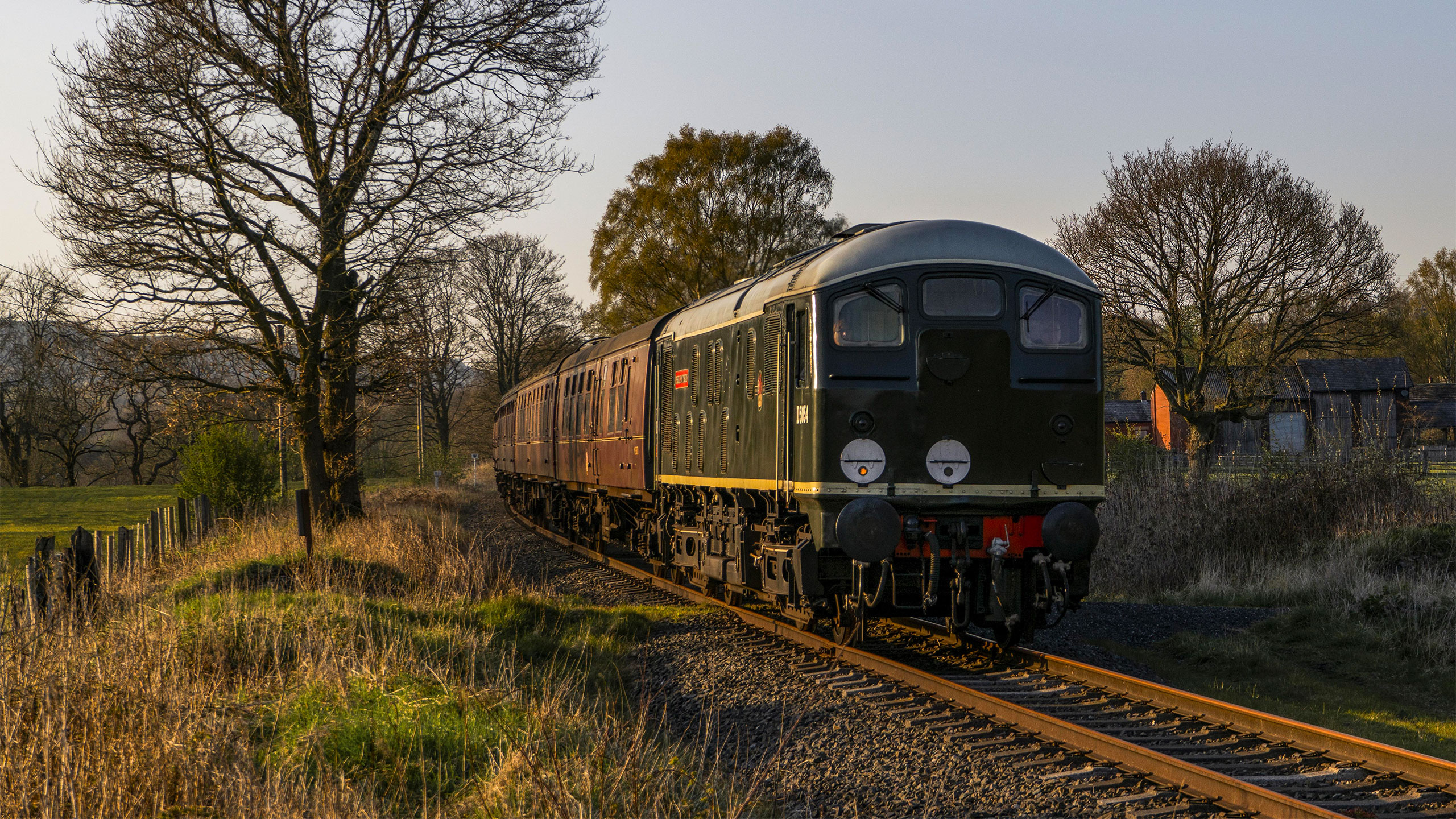
D5054 BR Bo-Bo Class 24 ‘Phil Southern’
There were once 151 diesel engines in the Class 24, but now only four preserved examples remain… and D5054 is one of the best! To honour the memory of one of the early members of the ELR, a pioneer who helped re-open the Bury to Rawtenstall line, D5054 was renamed Phil Southern in 2007.
-
Built:1959
-
First Trip on the ELR:1987
-
Top Facts:One of the very first heritage diesel engines on the ELR
Currently painted in British Railways Green
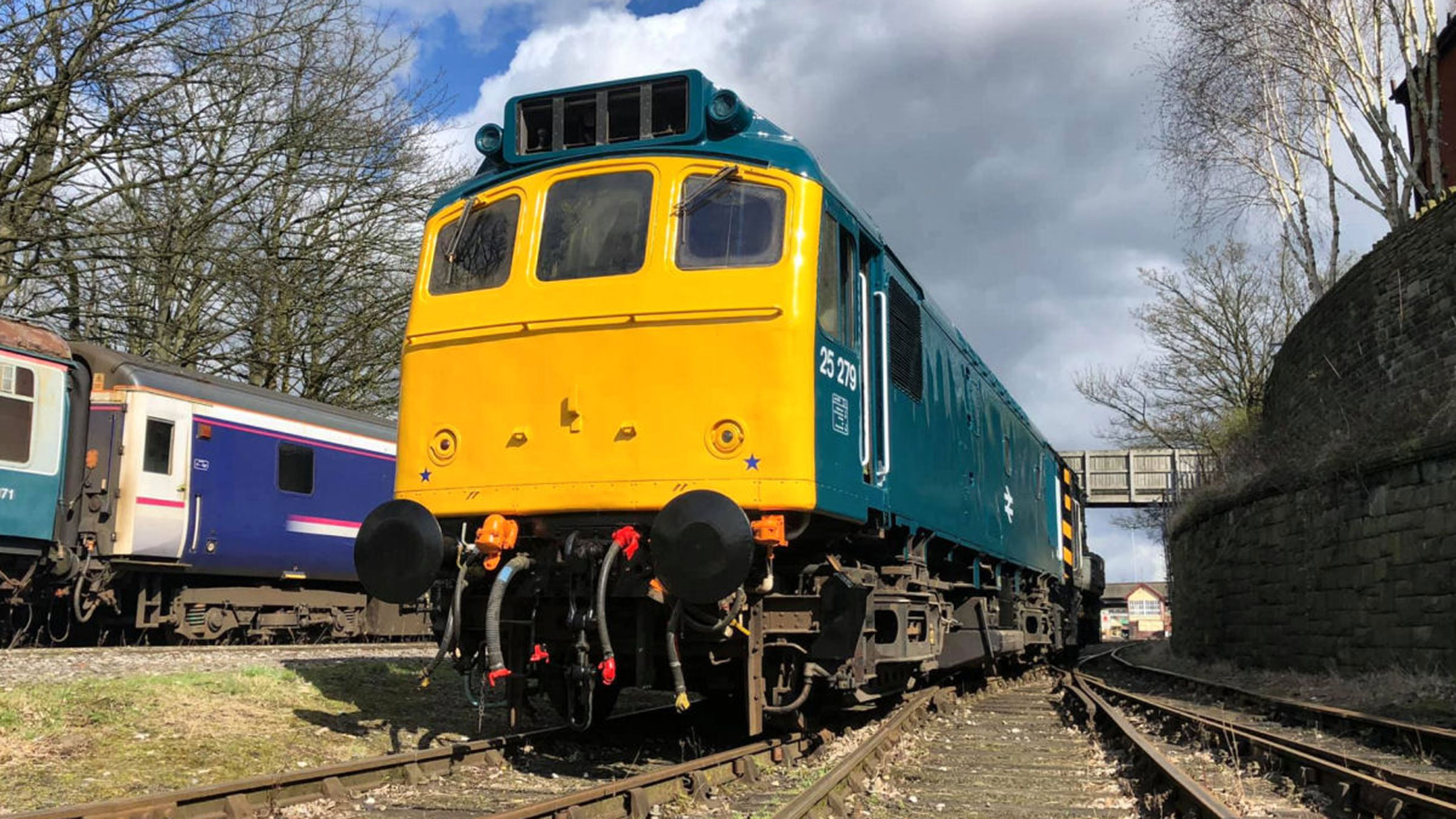
D7629 BR Bo-Bo Class 25
One of the last 20 Class 25 engines remaining (out of a fleet of 327), D7629 was one of the final locomotives off the construction line in Manchester in 1960. She’s a real home town locomotive, and dedicated to her job just like any Mancunian. Nowadays you’ll find her travelling up and down the ELR in British Railways Blue livery.
-
Built:1965
-
First Trip on the ELR:2000
-
Top Facts:Spent time on several preservation lines around the country
Hauled passengers across the UK for over 21 years
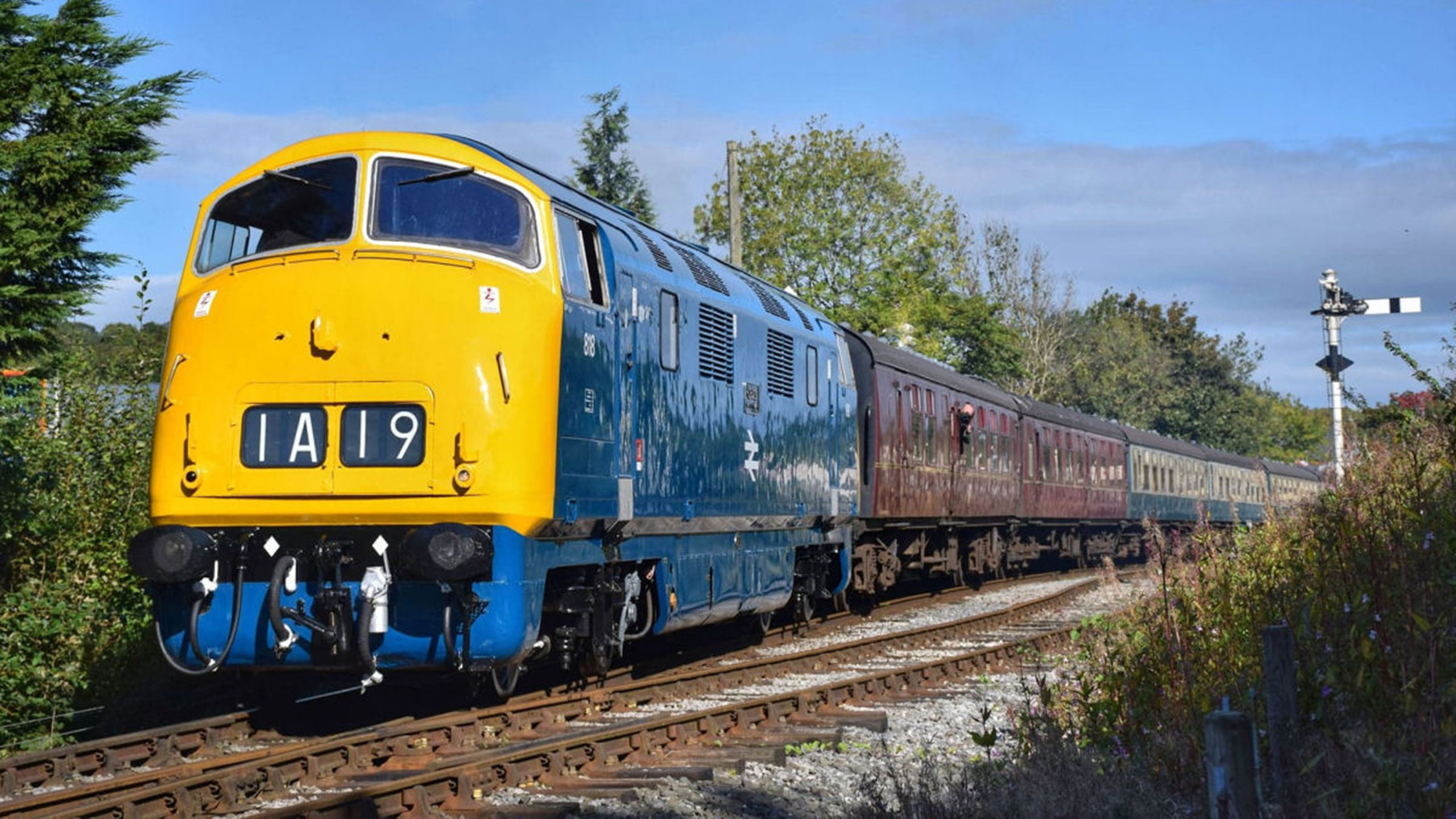
D832 BR B-B Class 42 No. D832 ‘Onslaught’
One of only two Class 42 ‘Warships’ in preservation, this mighty engine is affectionately known to many as “Beefy”. These locomotives only served a very short working life, as they were quickly replaced by more modern engines. The majority were scrapped and used for parts, so we’re very lucky to have Beefy with us on the ELR.
-
Built:1961
-
First Trip on the ELR:Early 2000s
-
Top Facts:Almost all the engines in this class were named after Royal Navy warships
Spent a long holiday on the West Somerset Railways before returning in 2016
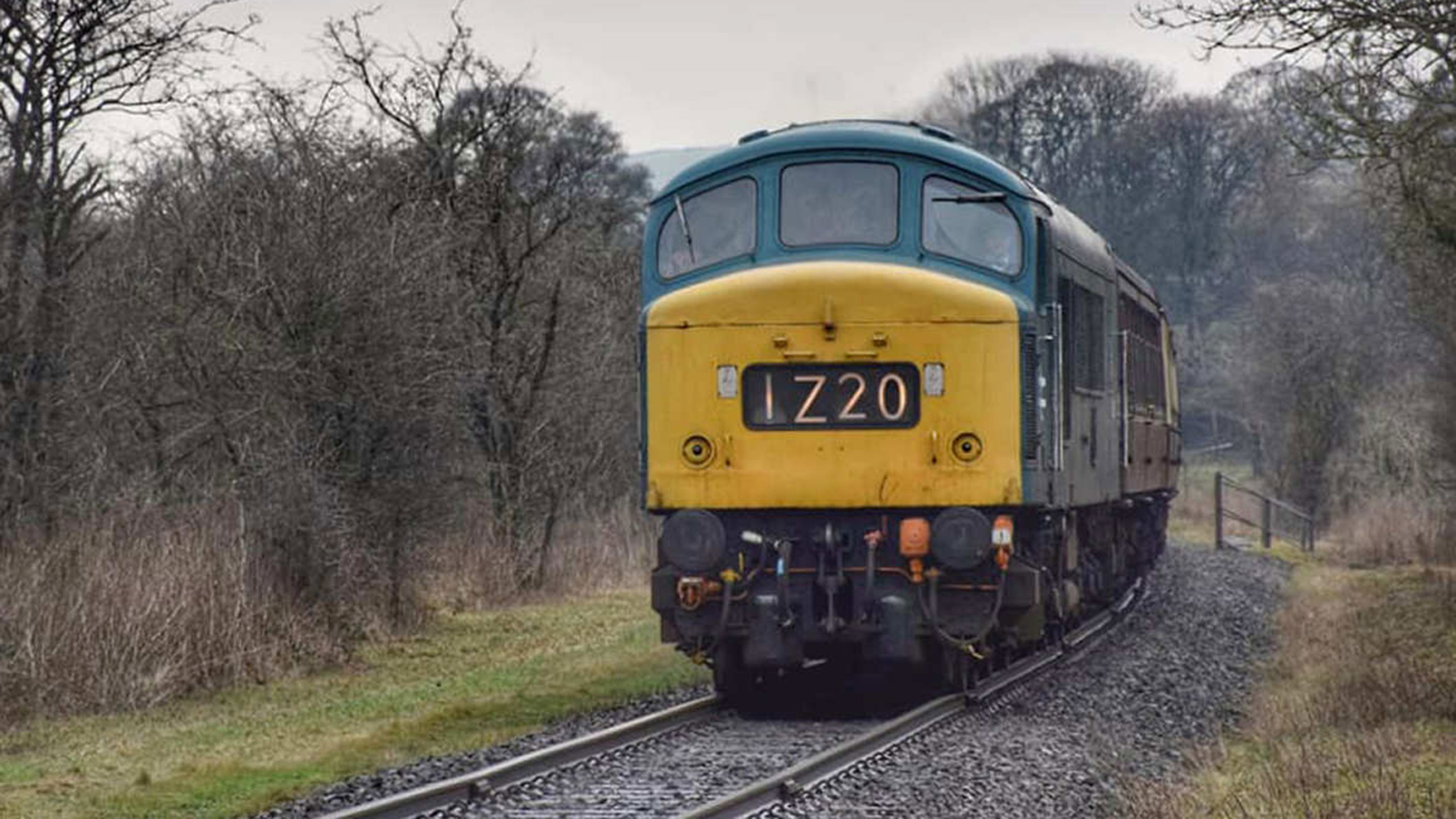
45108 BR 1Co-Co1 Class 45
45108 came to the ELR in 2017 and is a brilliant example of the Class 45 diesel engines in bright British Railways Blue livery. This locomotive has quickly found a very important role here, thanks to its ability to heat trains during the colder months. If you climb aboard a Santa Special this year, you’ll see how 45108 helps pull Father Christmas.
-
Built:1961
-
First Trip on the ELR:2017
-
Top Facts:Nicknamed ‘Peak’ trains because Class 45s operated on Trans-Pennine routes across the Peak District
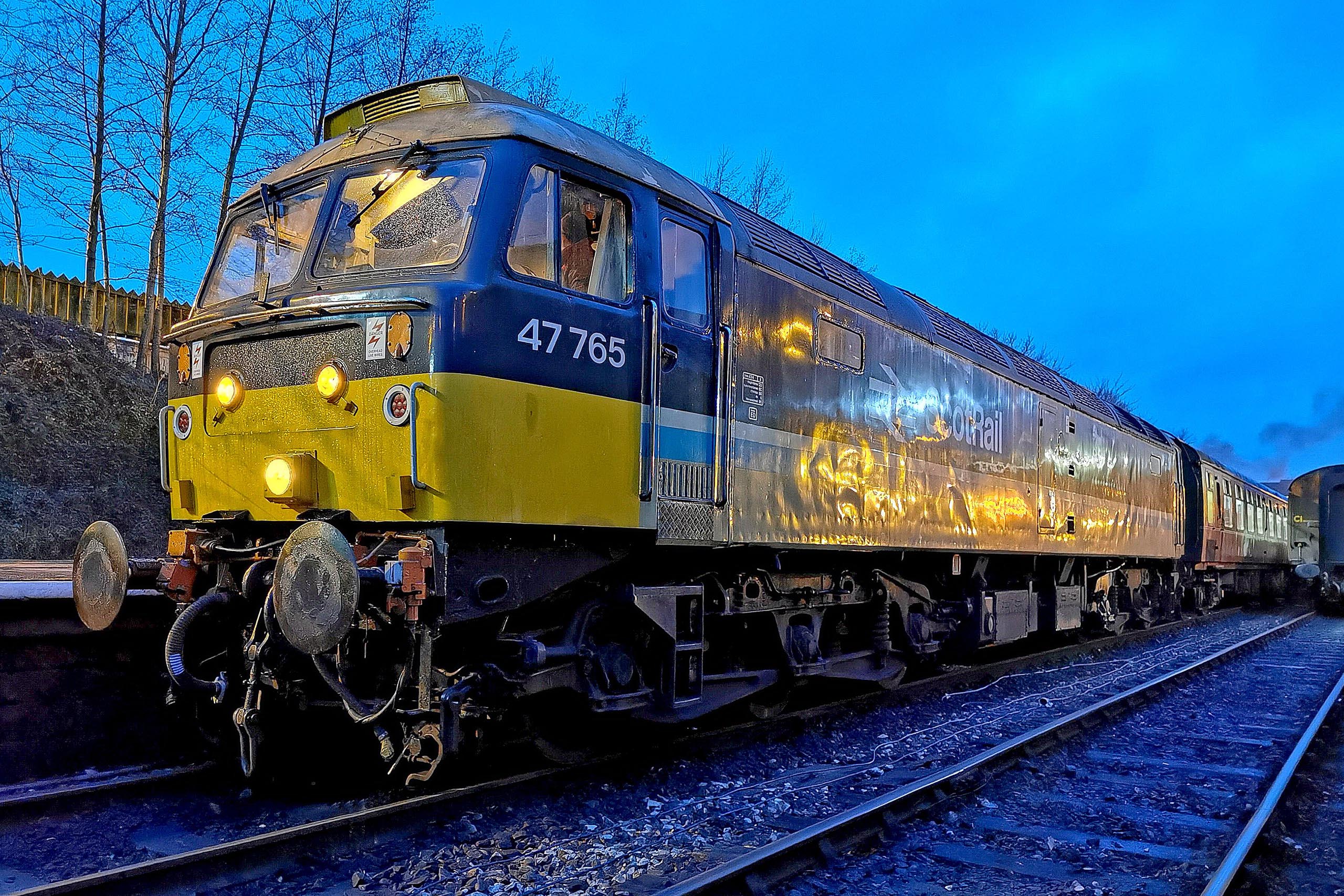
47765 BR Co-Co Class 47
Sometimes referred as a ‘Brush Type 4’, and one of 512 examples produced for British Rail operations, this example entered traffic in December 1964. This historic diesel locomotive carried four different numbers (D1643, 47059, 47631) and could be found regularly at the front of Class 1 Inter-city express trains throughout the 1970s and 1980s, venturing across the majority of the BR network. A welcome home-based locomotive at the ELR, especially as it used to reside at the nearby Crewe Diesel Depot during it’s mainline career.
-
Built:1962
-
First Trip on the ELR:1993
-
Top Facts:Could heat trains using both electric and steam
Collided head on with a DMU when pulling a mail train 1977, but luckily avoided getting scrapped
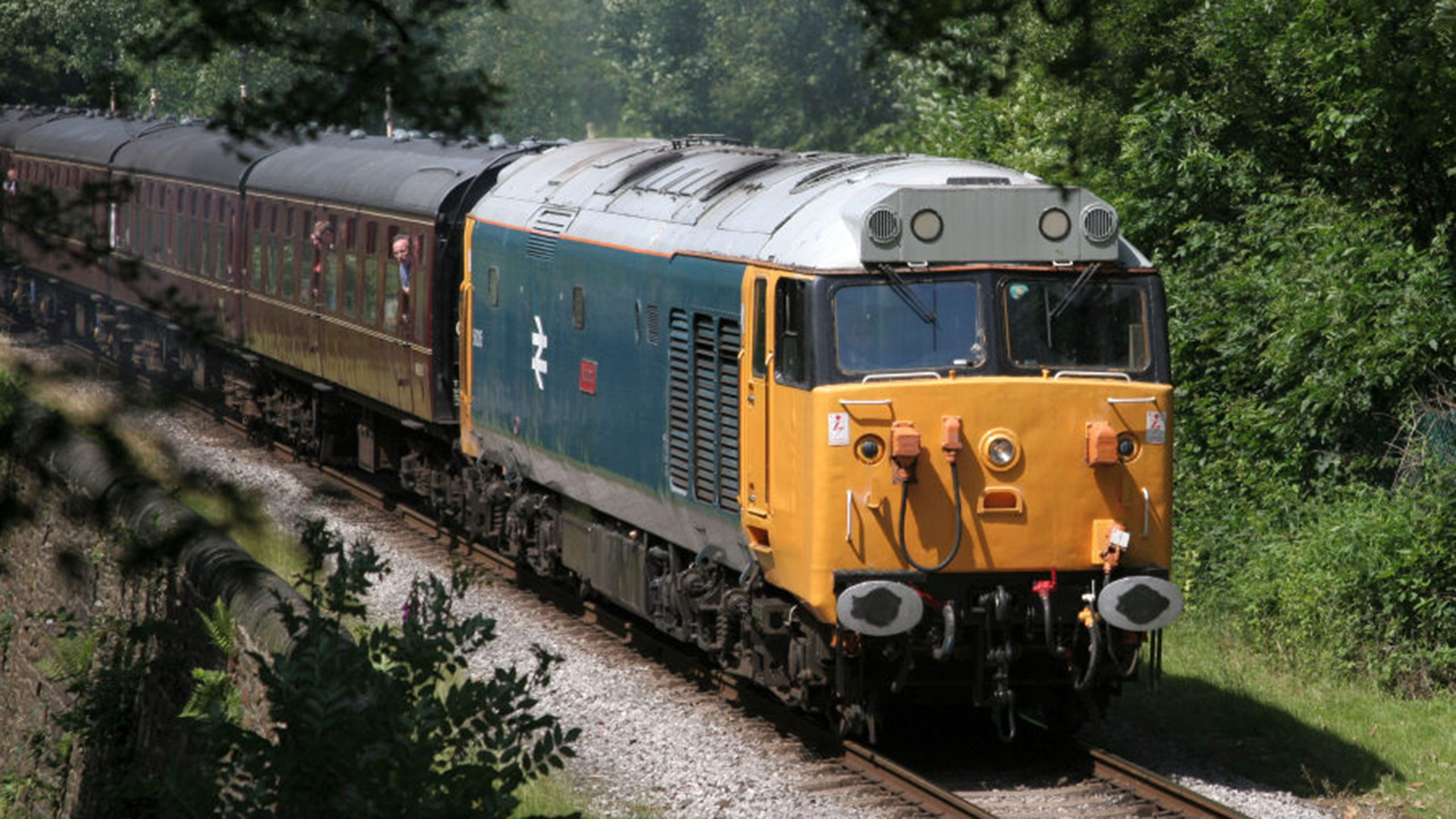
50015 BR Co-Co Class 50 ‘Valiant’
50015 ‘Valiant’ is one of the most popular locomotives with enthusiasts and a common sight on our lines since 1992, hauling her first train on the ELR just a couple of days after she arrived. The locomotive was withdrawn from British Rail operations in 1991 after a 25 year career. ‘Valiant’ was first allocated to high speed inter-city anglo-scottish services, followed by a career in the west country on a variety of frontline passenger and engineers trains. Keep an eye out for ‘Valiant’ if you’re joining us on one of our Santa Specials in the run up to Christmas.
-
Built:1968
-
First Trip on the ELR:1992
-
Top Facts:Built to haul passenger trains at 100mph
Nicknamed ‘Hoovers’ because of the noise made by the engine
DMUs
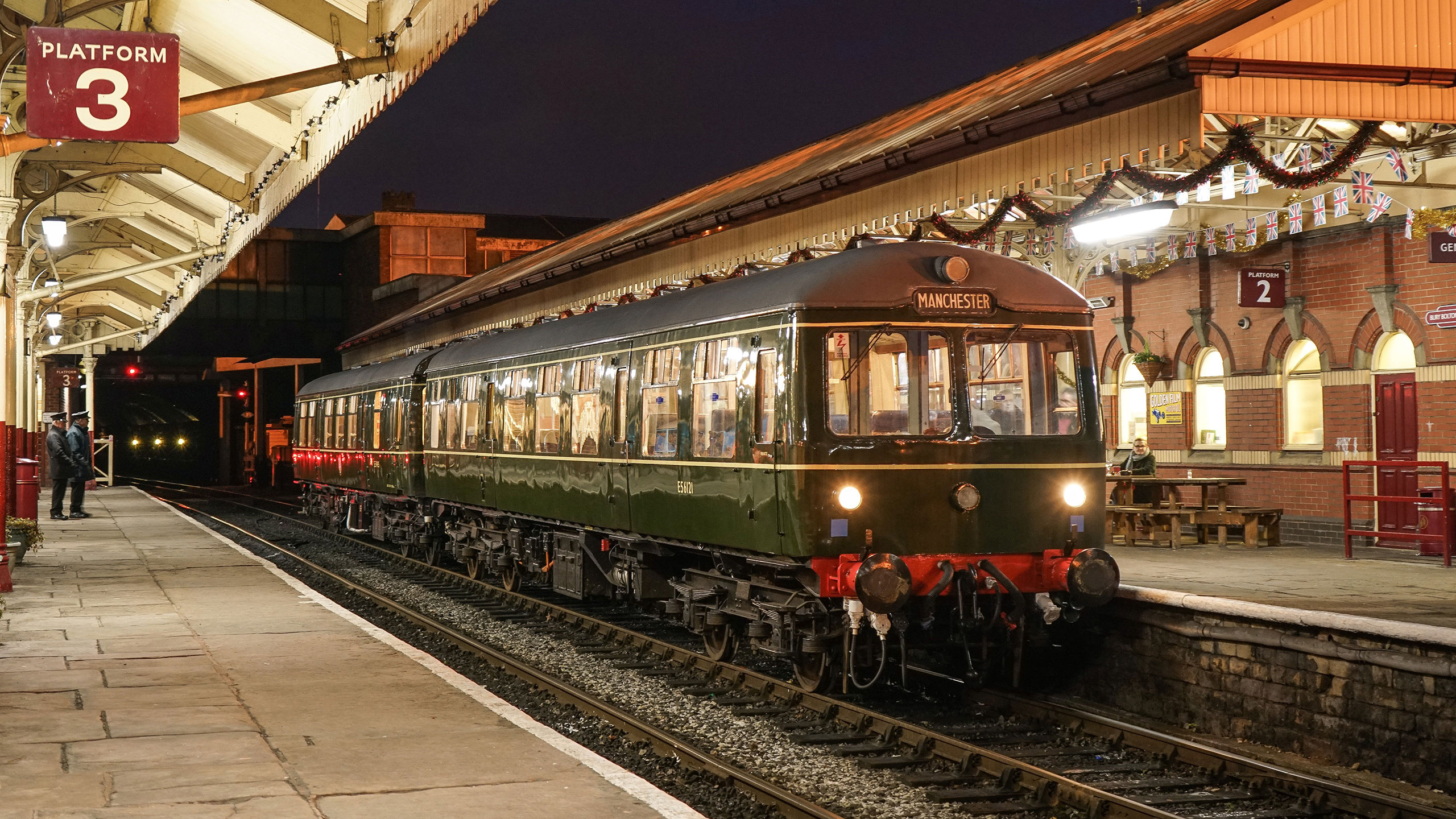
DMBS SC51485 Class 105 DMU ‘Cravens’
This Class 105 Diesel Multiple Unit (a train with multiple carriages and no need for a separate locomotive), really is a labour of love for the team at ELR. It took over twenty years of restoration work to bring it back to its former glory. But it’s now a stunning sight on the line, with only two other preserved examples in the country.
-
Built:1959
-
First Trip on the ELR:1980s
-
Top Facts:Won the Heritage Railway Association’s 2017 Modern Traction Award thanks to the hard work by the restoration team
Part of a set of DMU’s on the ELR, with fellow Class 105 SC51485
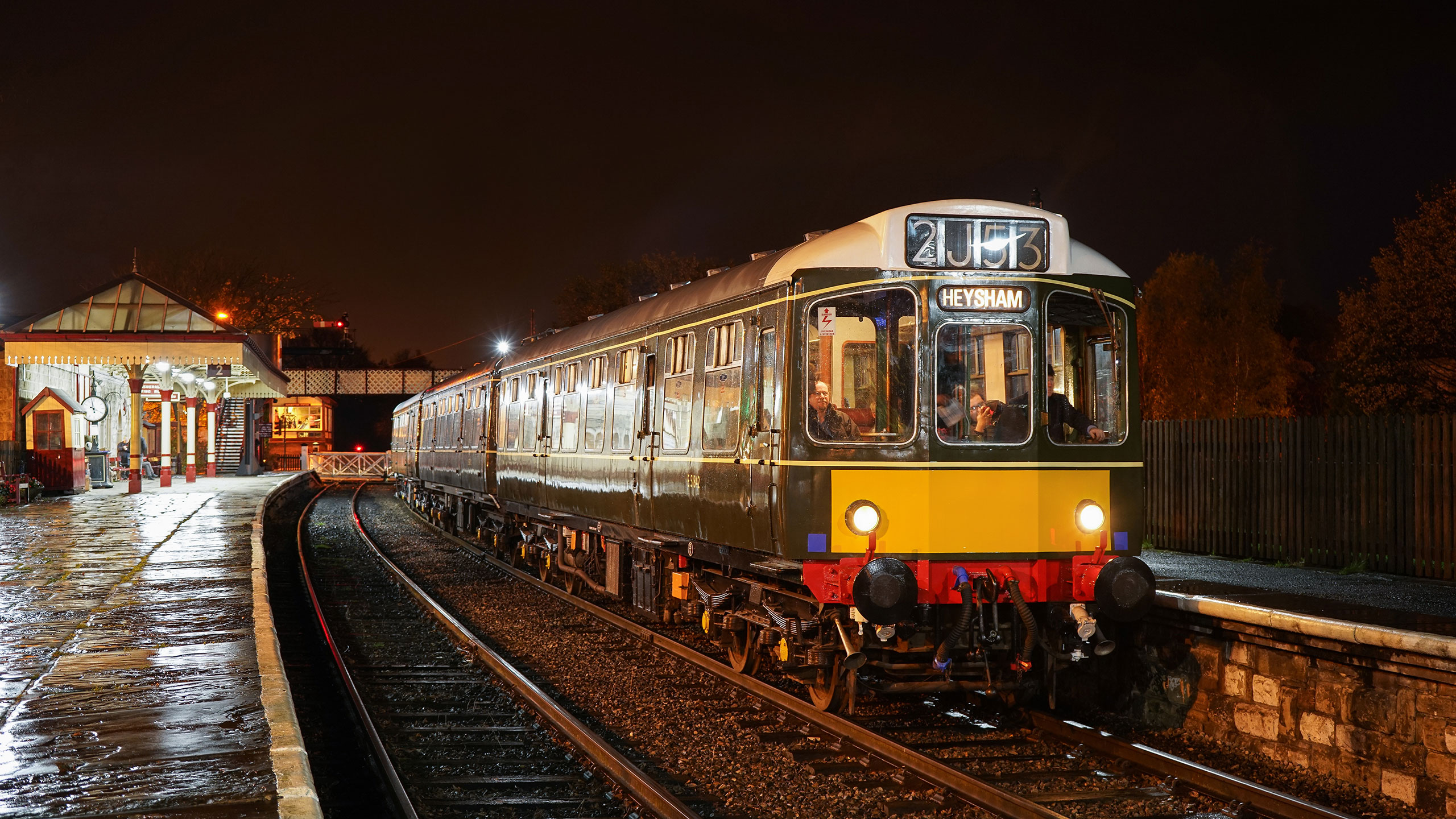
E51813 Class 110 DMU ‘Calder Valley’
Commonly known as ‘Calder Valley’ units, these DMU’s worked in Bradford or Manchester’s Newton Heath during their time in service. They’re a prime example of their class, and we’re very lucky to have three units. Two end cars arrived in 1990 for preservation, followed by a centre car in 1994.
-
Built:1959
-
First Trip on the ELR:1991
-
Top Facts:Only one other Class 110 set in preservation at the Lakeside and Haverthwaite railway.
Part of a set of DMU’s on the ELR, with fellow Class 110s E51842 and E59701
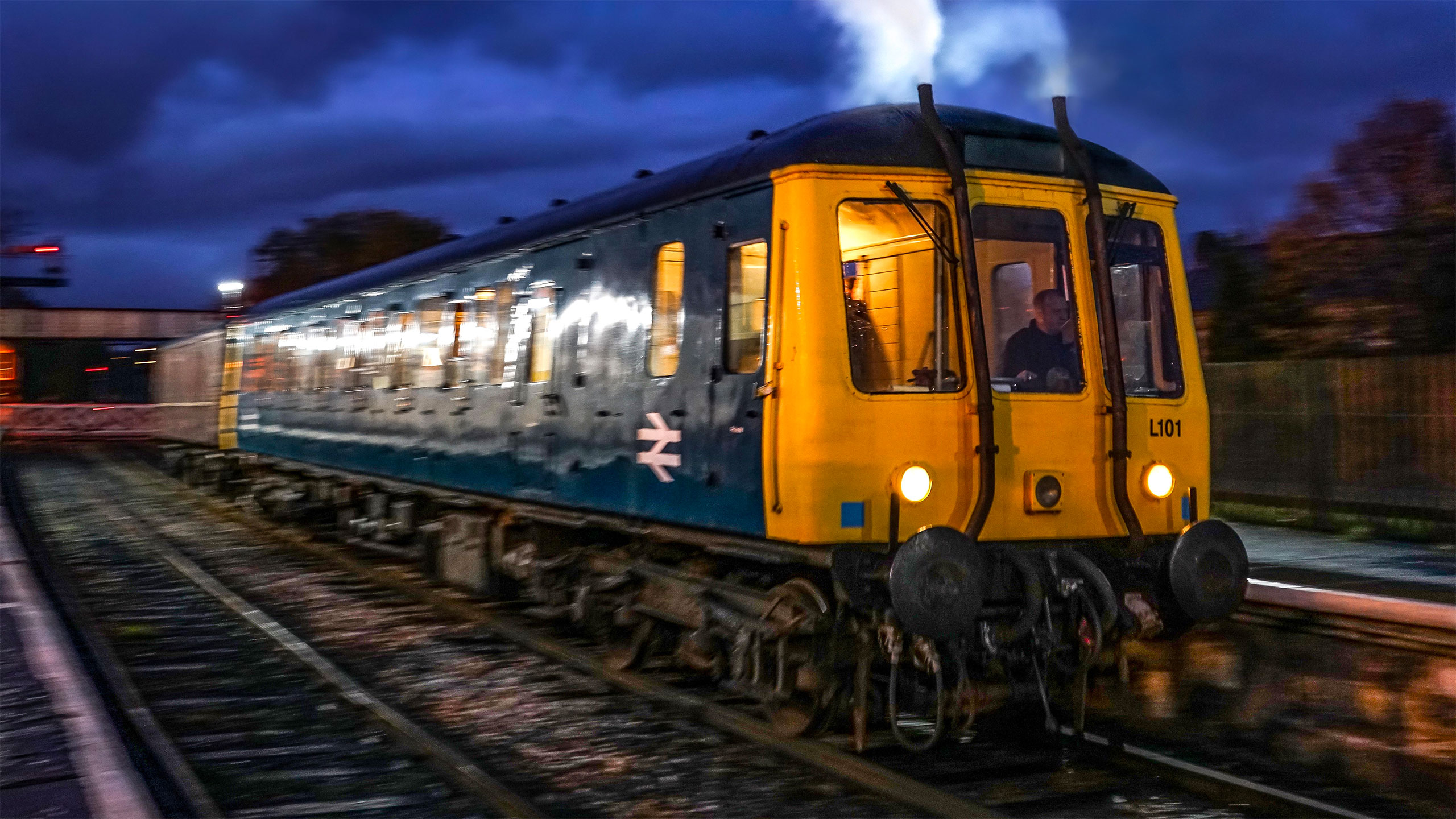
W55001 Class 122 DMU
W55001 only carried passengers for 11 years, before it was converted to a department training vehicle, used to learn new routes and inspect lines. A full restoration was made possible in the late 1990s thanks to the donation of several parts and panelling from another class 122, 55003. You’ll often find W55001 running shuttle services between Bury and Heywood stations on the ELR.
-
Built:1958
-
First Trip on the ELR:2008
-
Top Facts:Nicknamed ‘Bubble cars’, when it’s paired with a class 121 trailer, we call the train Bubble & Squeak!
Was nearly converted to an Observation Saloon before full restoration was possible.
Not all of our locomotives are on the tracks.
See what is currently in our sheds.
Drive a Train
Fancy driving one of our spectacular engines?
